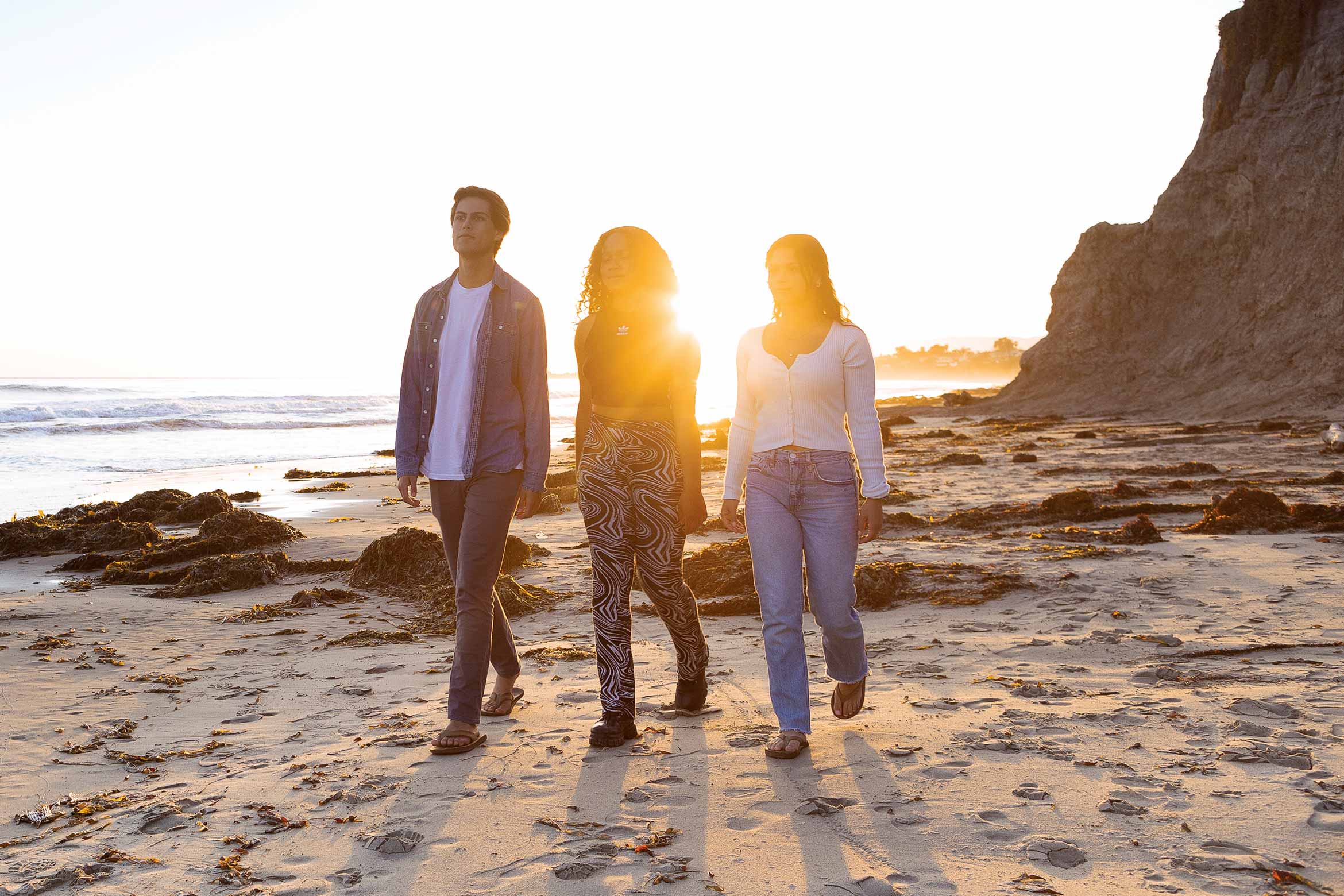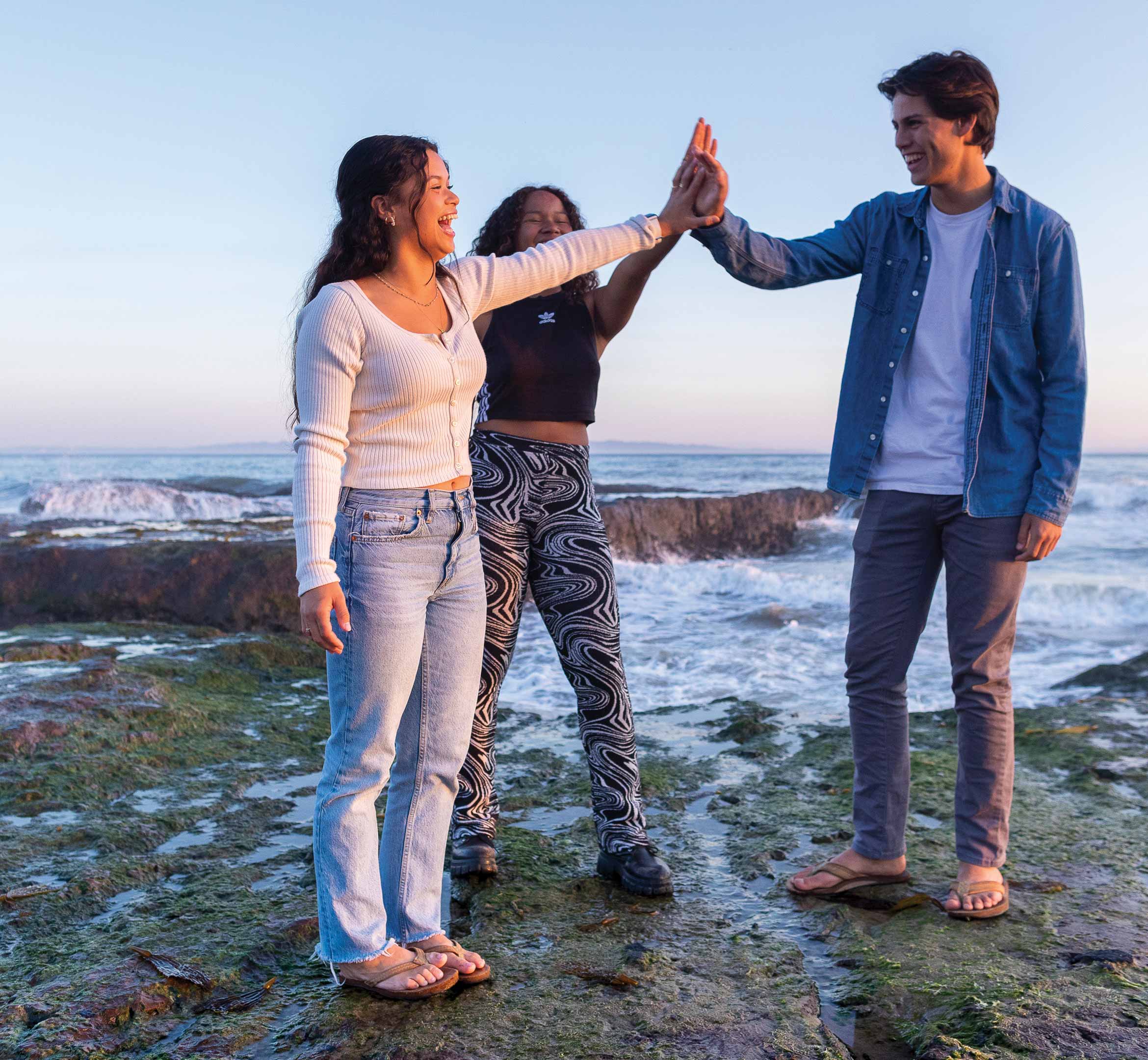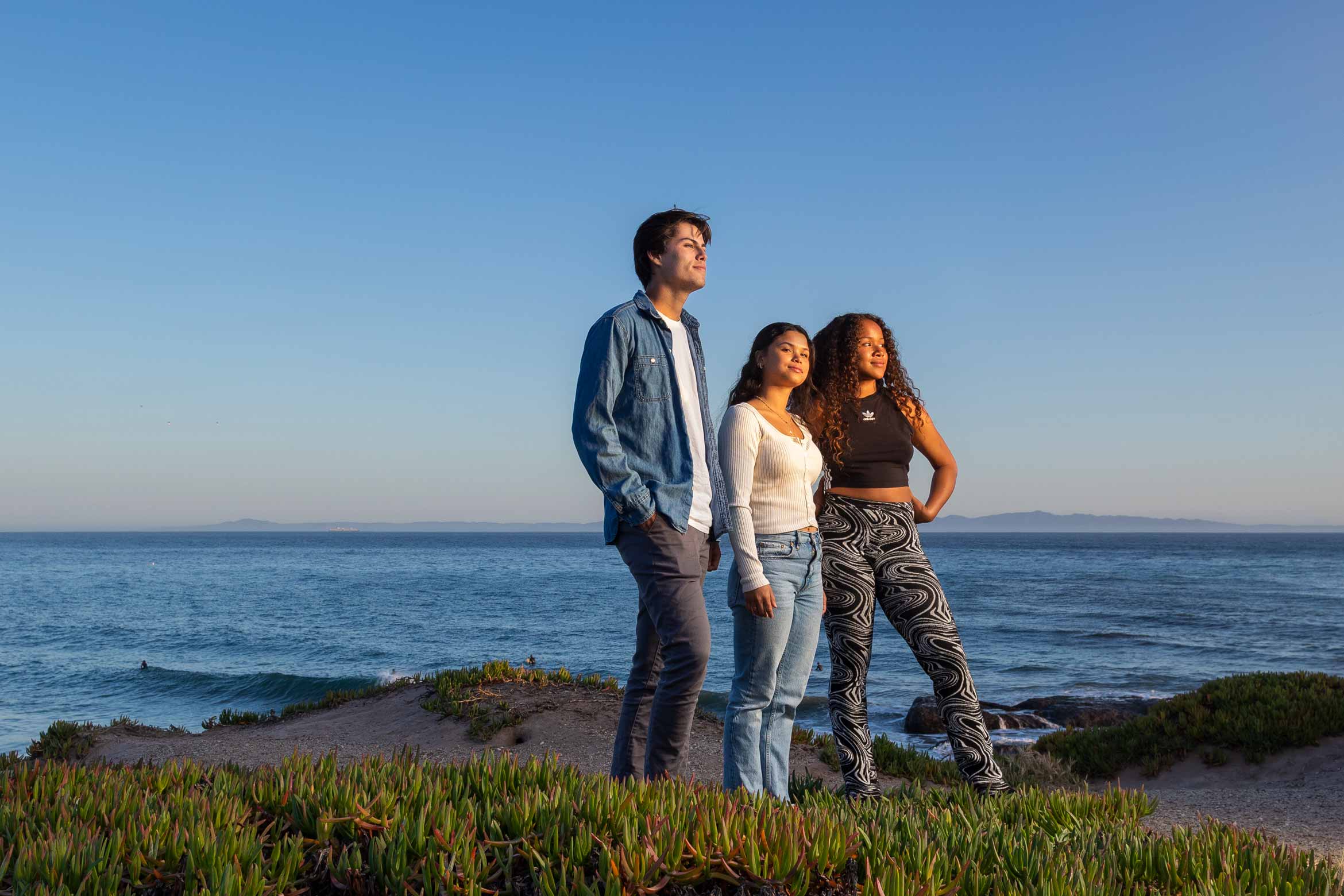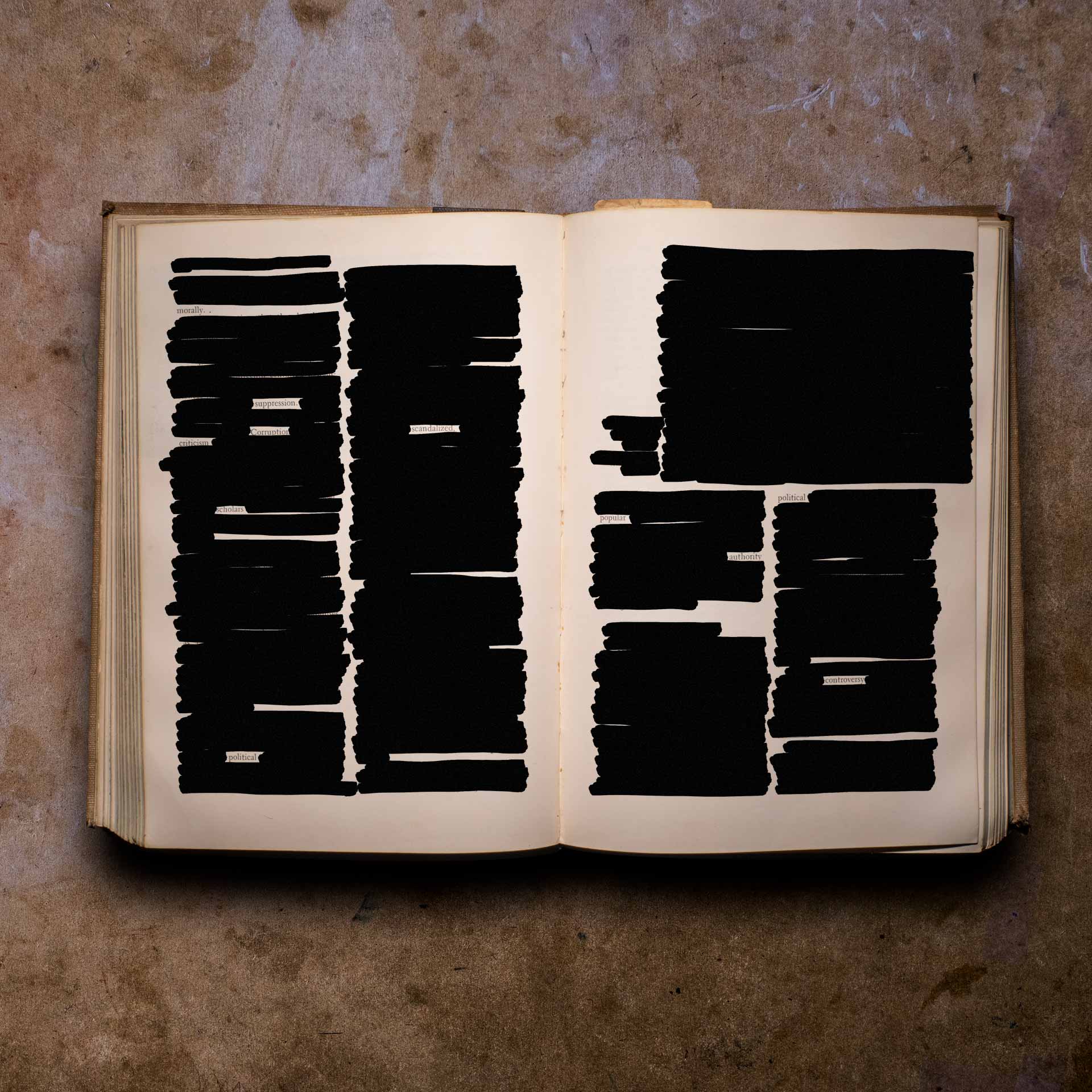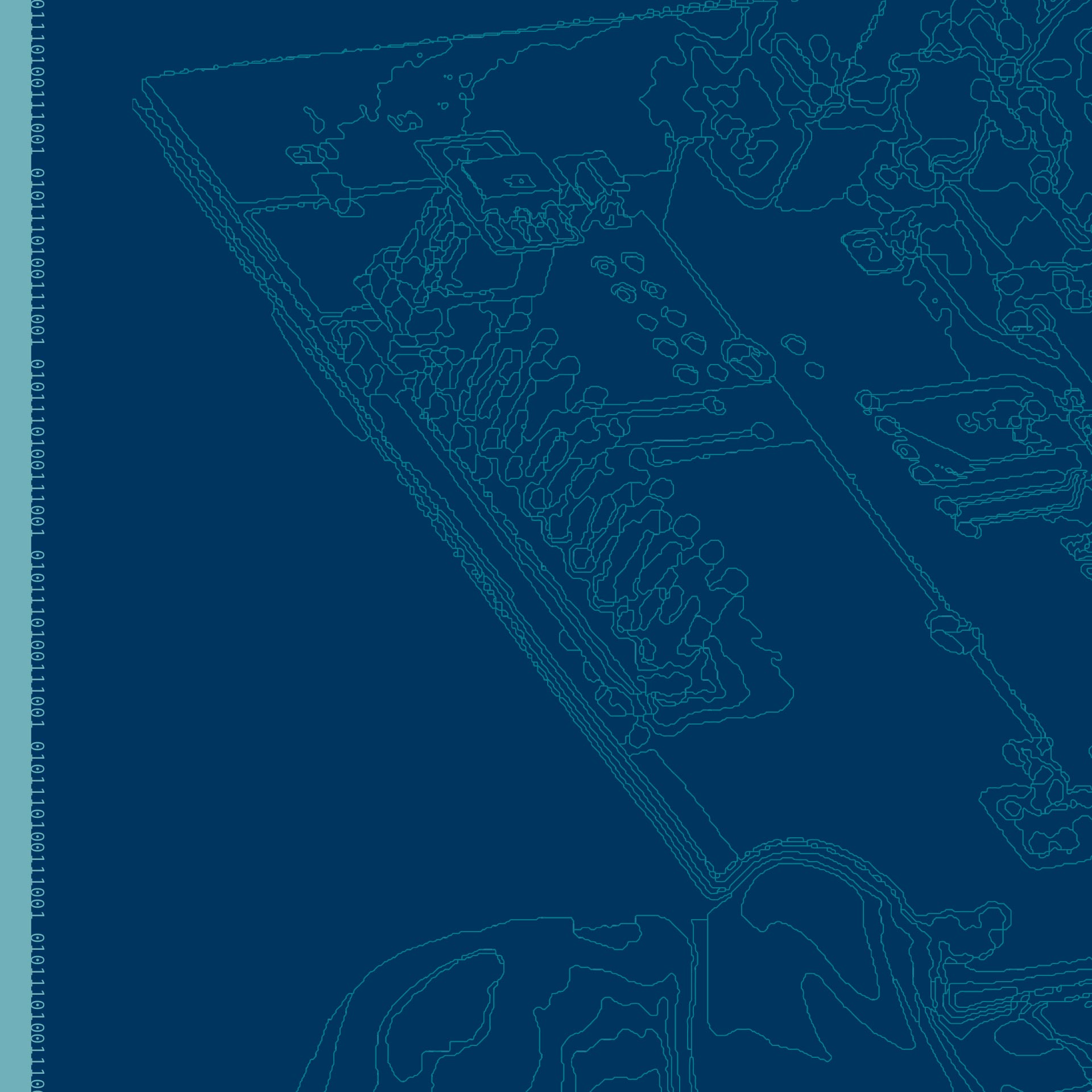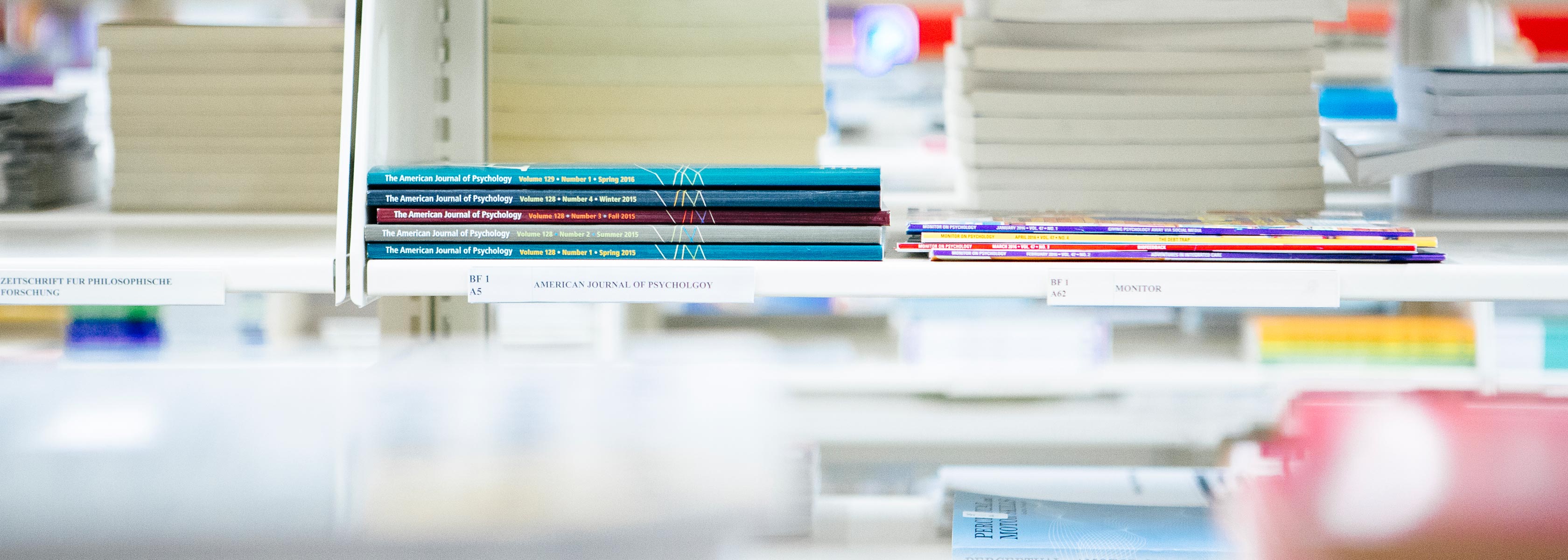Flip the Script
by Shelly Leachman
The sun rises every morning, beaming light and heat where it falls. Tides roll in and out, waves crashing onto sand then retreating to the sea. Birds chirp and sing and soar. Flowers grow, rivers flow. Leaves change color with the seasons.
Our planet is a place of incalculable beauty and wonder. Mostly all most of us can think about, though, is its impending destruction. The reality of climate change and unending barrage of bad news on the environment leaves us leaning glass-nearly-empty rather than cup-runneth-over.
What if we flip the script?
“It’s an unconventional way of looking at it, but start with lightness,” says Sarah Ray, author of the new book “A Field Guide to Climate Anxiety” (2022, UC Press). “Can you meditate today? Can you hear the birds around you? Start there. Most people aren’t even doing that. If we can remember our dependence on the natural world and on each other, then the work becomes pleasurable and natural and automatic, and then it’s not a slog and it’s not about stamina and sacrifice or deprivation or consumption and lack thereof.
“What is added to our lives when we do these things? What do we gain rather than lose?” posits Ray, a professor and chair of the environmental studies department at Cal Poly Humboldt. “What do we desire about a climate-changed future? What if climate action was framed around joy and abundance rather than scarcity?”
It’s not hard to see where the doom and gloom comes from. Insert the latest news clips on climate change here, or any number of research studies. The situation is stark. A largely scattershot, even impotent approach to climate change at the national level has left us in peril.
“Today’s predicament is due, in large part, to our inaction and misguided efforts over the last 30 years,” says industrial ecologist Roland Geyer, a professor in UC Santa Barbara’s Bren School of Environmental Science & Management. “Thinking that it is enough to become a bit more efficient, buy ‘green’ products and put our recycling in the blue bin is what got us here in the first place.
“Even seasoned environmental sustainability professionals are starting to feel overwhelmed by how bad things have gotten due to our collective feet dragging over the last decades,” says Geyer, whose book “The Business of Less” challenges prevailing corporate strategies for sustainability and introduces a “net-green” approach.
“Individual action is often framed in terms of consumption choices,” Geyer adds, “but I think it is important to remember that we are lucky enough to live in a democracy and therefore are all part of the political process. I believe that, at this point, our collective public decisions are more important than our individual consumer and lifestyle choices. One possible impactful action is therefore to get more involved in climate change and other environmental politics, as an individual, through an organization, or maybe even as an elected official.”
Action Begets Impact
Ken Hiltner, director of UCSB’s Environmental Humanities Initiative, couldn’t agree more. A professor of English, he teaches multiple large lectures that consider the climate crisis from social and cultural perspectives.
“If you only have one hour per year to do something about the climate crisis, you’re in luck,” says Hiltner, an early pioneer of “nearly carbon-free” virtual academic conferences, “because that thing is the most influential thing of all — and that is to vote.
“Vote, get other people to vote, get involved collectively and think about personal things you do,” he adds. “We are approaching nearly 8 billion people on the planet so it’s true that whatever you do alone won’t make much difference. Some people turn that into an argument for why they shouldn’t do anything: ‘I wasn’t going to fly but the plane will take off without me anyhow, and what difference does one empty seat make?’ That’s the argument we’re facing.”
Hiltner sees a better way to view it: “Sure, one person not getting on the plane makes no significant difference,” he says, “but if 300 people don’t get on the plane, that’s one less plane that takes off. If 3,000 people don’t get on, that’s 10 planes that don’t take off. And if 3 million people don’t get on the plane, that’s 10,000 planes that don’t take off. We really need to think in terms of big, collective action.”
If action begets action begets impact, individual efforts that catch on could be the gateway to collective endeavors and, therefore, to real change. At the very least, they make us feel better. So goes the case for recommitting to lifestyle changes, experts say – to ease our minds and build positive momentum.
It doesn’t have to be complicated, says Matt O’Carroll ’13, UC Santa Barbara’s assistant director of grounds and landscaping services. For him, it starts at home — buying less stuff, repurposing everything possible, educating his kids about plants and empathy.
“There was this patch in our front yard and I was the only person that ever touched it, so we turned it into a native landscape where native pollinators come by,” O’Carroll says.
“We teach our kids and that’s meaningful for us,” he says. “We’re mindful of how we’re buying things: Can we find it in different packaging or buy it in bulk? Do we need it at all?”
Ultimately, he says, “I think we have to be optimistic. Each individual action is incredibly important when we’re facing something where there are a lot of unknowns.
“Different communities will be impacted in different ways,” he concludes. “Being empathetic to another person’s situation will make a lasting impression, and, collectively, we’ll have a better understanding. Being open-minded to change and making sure your individual efforts are environmentally friendly is a great foundation to build upon.”
The Good News
There are some good Earth stories to be found. Renewable energy production is at an all-time high worldwide. The ozone layer, albeit slowly, is healing. In China, giant panda bears are no longer officially endangered. In Costa Rica’s La Ceiba rainforest, the Jaguar Rescue Center has started to rescue and rehabilitate orphaned sloth cubs and ready them for release back into the forest.
“Things are moving in the right direction,” says Geyer. “Environmental views and positions that were fringe only three decades ago are firmly mainstream now. Sustainable technologies that were immature and expensive, such as wind, solar, battery electric vehicles and heat pumps, are cost-competitive and ready to unseat the incumbents (coal, gas, ICVs, furnaces).”
Growing that momentum is imperative. At the personal level, embracing plant-based diets, battery electric vehicles, e-bikes, heat pumps and rooftop solar are all great ideas. But it’s going to take more than that to move the needle, says Geyer, noting that “bold policy” and “courageous legislation” will be required.
Which brings us back to the notion of collective efforts to get it done. Collective meaning together, in unison. In harmony? Is it possible that healing our relationships to one another, as well as to the planet, could be just as essential to slowing the clock on climate change?
Absolutely it is, stresses Ray.
“What ails us is the same thing that’s ailing the planet — severed relationships, disconnection between humans and the natural world, from each other and within our communities from generations past and hence,” she says. “Lack of connection is the root cause of the climate crisis. It’s also the root cause of our despair.
“If we think about climate change as affecting our physical and mental health, then inversely it is also true that taking care of our physical and mental health is a necessary resource to combat climate change,” Ray adds. “So yeah, start a garden, but also sleep, hydrate, control your inflammation. What you need is as much pleasure and beauty and joy and community and social and kinship ties as possible.”
She sums it up: “The climate needs us to be our most skillful selves. We can’t on our own fix the problems at huge scale, but we sure as hell can reduce the harm that we’re doing to ourselves and our relationships and our own species. We’re walking around making impacts every day; let’s do it more deliberately.”
It’s an unconventional way of looking at it, but start with lightness... Can you meditate today? Can you hear the birds around you? If we can remember our dependence on the natural world and on each other, then the work becomes pleasurable and natural and automatic...
